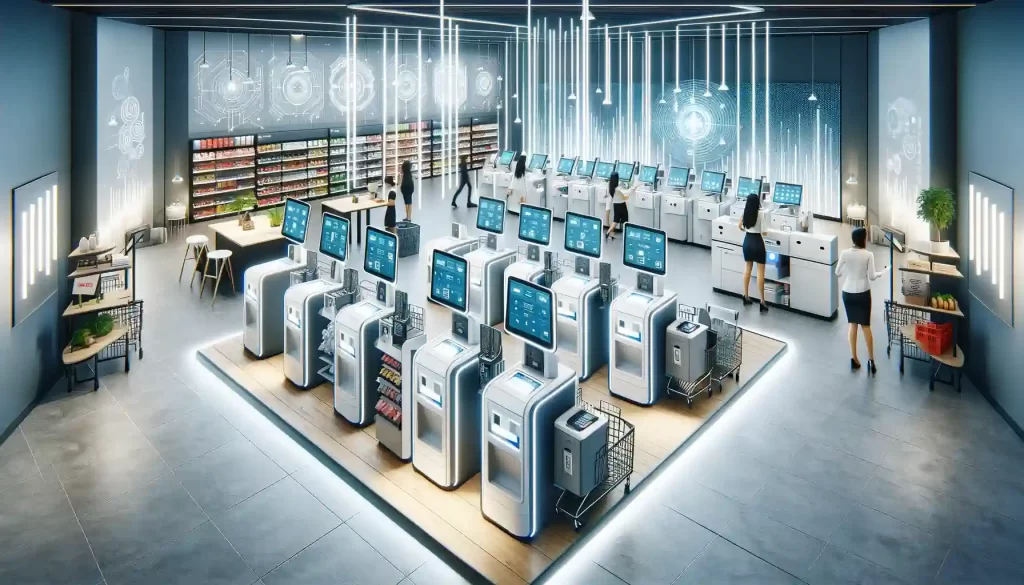
Self-checkout technology has become increasingly popular in retail stores as a way to improve efficiency and customer experience. However, with the rise of this technology comes the potential for various risks that need to be managed effectively.
Understanding potential risks in self-checkout technology
One of the main risks associated with self-checkout technology is theft. Customers may attempt to steal items by not scanning them properly or by manipulating the system. This can result in significant losses for the retailer if not addressed appropriately.
Another risk is the potential for technical glitches or malfunctions in the self-checkout system. This can lead to frustrated customers, lost sales, and damage to the store’s reputation. Furthermore, hackers may attempt to exploit vulnerabilities in the system to steal sensitive customer data or disrupt operations.
Implementing strategies to mitigate risks
To mitigate the risks associated with self-checkout technology, retailers can implement a variety of strategies. One effective approach is to enhance security measures, such as installing surveillance cameras and anti-theft devices. Additionally, regular system updates and maintenance can help prevent technical issues and vulnerabilities.
Training store staff to monitor and assist customers using self-checkout machines can also help deter theft and ensure a smooth checkout process. Educating customers on the proper use of self-checkout technology and the consequences of theft can further reduce the likelihood of fraudulent activities.
Retailers can also explore the use of biometric authentication or other advanced security features to enhance the protection of customer data and prevent unauthorized access to the system.
By implementing robust security measures, providing proper training to staff and customers, and staying vigilant against potential threats, retailers can effectively manage the risks associated with self-checkout technology.
Ensuring security and reliability in self-checkout systems
Security and reliability are crucial aspects of self-checkout systems to ensure a seamless and trustworthy shopping experience for customers. By prioritizing these factors, retailers can build customer trust and loyalty while reducing the likelihood of fraud and technical issues.
One way to enhance security in self-checkout systems is to implement encryption protocols to protect sensitive data such as payment information and personal details. Regular security audits and testing can help identify and address vulnerabilities before they are exploited by malicious actors.
Moreover, investing in reliable hardware and software solutions from reputable vendors can help prevent technical glitches and system failures. Retailers should also have a contingency plan in place in case of system downtime or other emergencies to minimize disruption to operations and customer service.
By prioritizing security and reliability in self-checkout systems, retailers can create a safe and efficient shopping environment for customers while safeguarding against potential risks and threats.
Managing risks in self-checkout technology requires a proactive and multi-faceted approach that encompasses security, training, and vigilance. By implementing strategies to mitigate risks, ensuring security and reliability in self-checkout systems, retailers can enhance the overall shopping experience for customers and protect their business from potential harm.